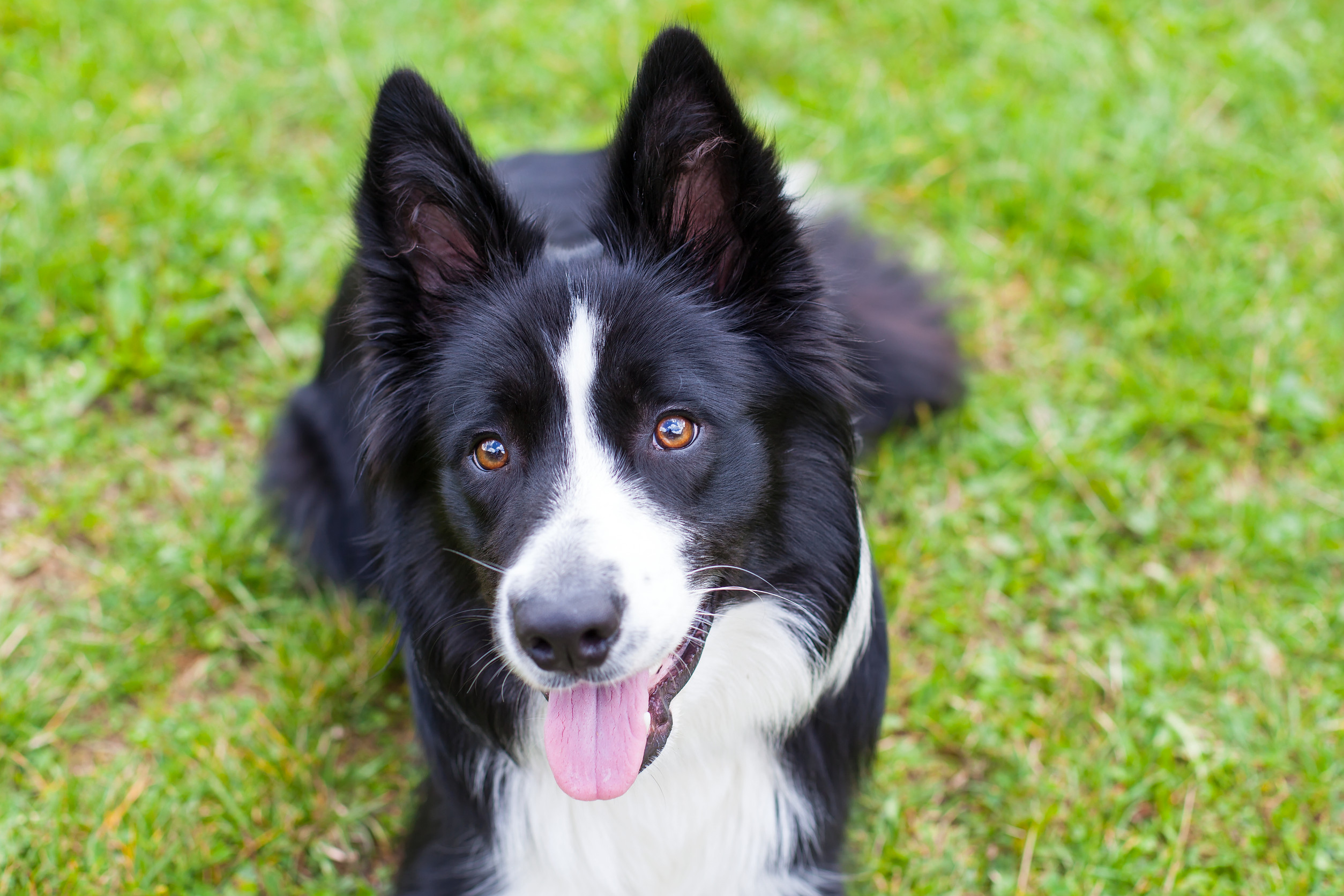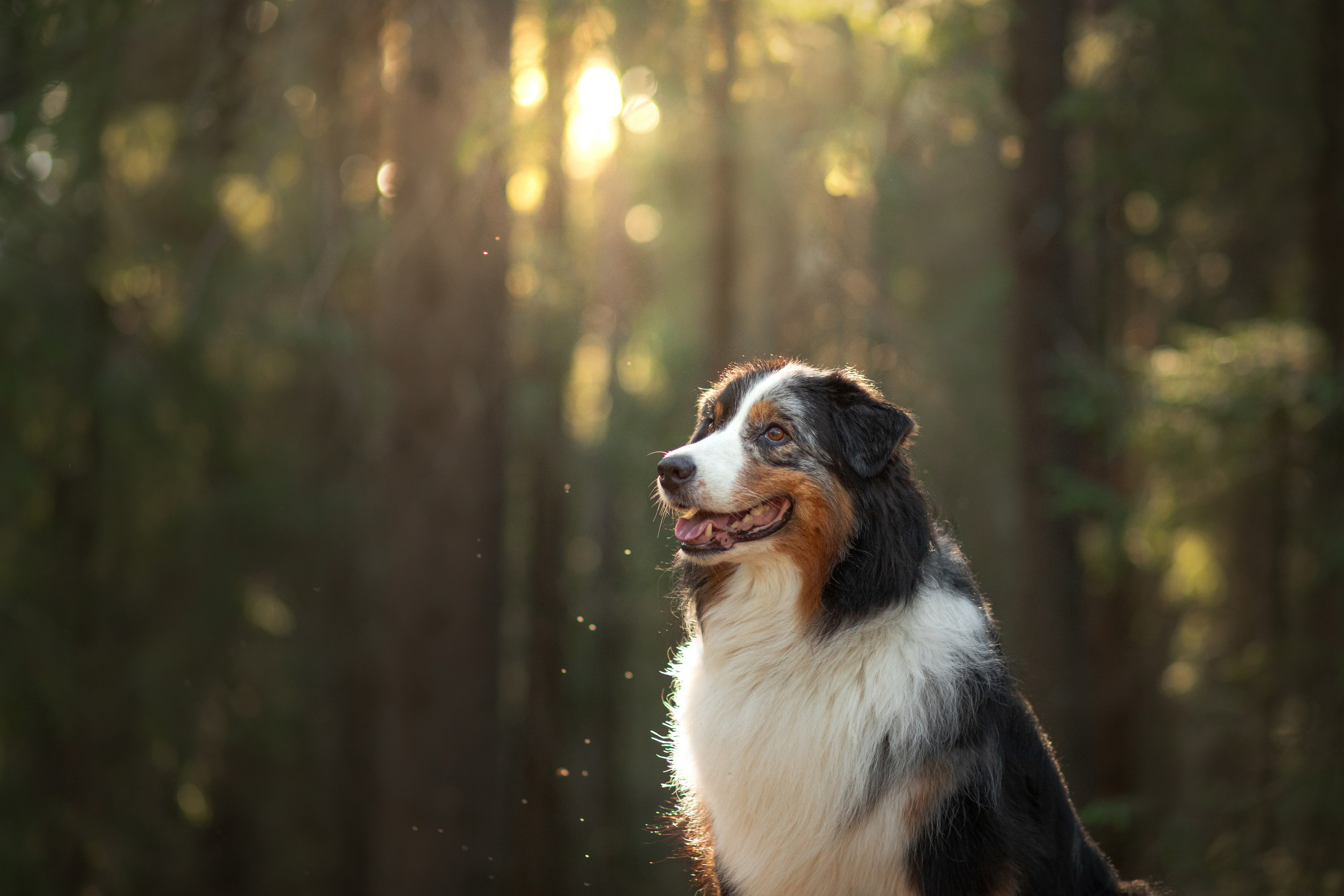For many dogs, a quick wave goodbye and the jingle of car keys is no big deal. But for others, that moment signals a flood of panic, stress, and confusion. Separation anxiety is a real and often heartbreaking challenge, especially for dog breeds that form intense emotional bonds with their owners.
While all dogs can feel lonely when left alone, some breeds are especially prone to distress when separated from their humans. Some dog breeds, in particular, tend to struggle the most with being alone.
Labrador Retrievers: Loyal to a Fault
Labrador Retrievers are known for their unwavering loyalty and affection, which makes them incredibly loving companions, but also highly susceptible to separation anxiety. Bred to work closely with humans, Labs crave constant interaction and often shadow their owners from room to room. When left alone, they can quickly become anxious, manifesting in destructive chewing, barking, or attempts to escape. Their high energy levels compound the problem, as boredom and restlessness only intensify their emotional distress. Without enough mental and physical stimulation, even a few hours alone can feel overwhelming for this otherwise happy-go-lucky breed.
Border Collies: Brilliant Minds, Sensitive Souls
Border Collies are often celebrated as one of the most intelligent dog breeds in the world, but with that intelligence comes a heightened emotional sensitivity. These dogs are incredibly tuned into their environments and their people, making them prone to stress when routines are disrupted. Separation anxiety is especially common among Border Collies who aren’t given a “job” to focus on while their owners are away. Without adequate mental challenges, their sharp minds turn inward, fueling anxiety and destructive behaviors. Their emotional needs go hand in hand with their need for purpose, and solitude often leaves them unsettled.
German Shepherds: Protective and Possessive
German Shepherds form incredibly strong bonds with their families, often taking on the role of protector with deep commitment. This intense attachment can make periods of separation particularly difficult, especially when these dogs feel like they’re failing in their duty to guard their loved ones. Their anxious behaviors can include pacing, howling, and even attempts to break through doors or windows to reunite with their owners. These intelligent and sensitive dogs require consistent reassurance and training to learn that solitude doesn’t mean abandonment. Without proper guidance, their loyalty can become a source of stress rather than comfort.
Cavalier King Charles Spaniels: Velcro Dogs in Disguise
Small in size but big in devotion, the Cavalier King Charles Spaniel is often described as a “Velcro dog” for its tendency to stick close to its humans. These affectionate lapdogs thrive on companionship and often struggle when left to their own devices. Their calm demeanor can be misleading, as their need for closeness runs deep, and separation can lead to severe anxiety. Signs of distress in this breed may include excessive whining, trembling, or accidents in the house, even if they’re otherwise well-trained. Because they were bred primarily for companionship, being alone goes against their very nature.
Australian Shepherds: Energetic and Emotionally Intense
Australian Shepherds are bundles of energy with a strong desire to stay busy and connected to their human pack. Bred to herd and work tirelessly alongside farmers, Aussies are most content when they have a clear role and regular interaction. Left alone without stimulation, they quickly become restless and anxious, often resulting in behaviors like digging, chewing, or non-stop barking. Their emotional intensity can surprise new dog owners unprepared for the breed’s high dependency on human engagement. To thrive, Australian Shepherds need more than just a backyard connection, activity, and reassurance.
Understanding and Supporting Anxious Breeds
Separation anxiety isn’t a sign of disobedience or poor training—it’s often a reflection of how deeply certain dog breeds connect with their human companions. While any dog can experience anxiety, the five breeds mentioned above are particularly vulnerable due to their intelligence, loyalty, and emotional depth.
Recognizing the signs early, providing proper enrichment, and establishing a consistent routine can help ease the burden of alone time for these sensitive pups. Prospective dog owners should also consider these traits before bringing one of these breeds into their homes. If you live a busy lifestyle with long periods away from home, choosing a breed less prone to separation anxiety may lead to a more harmonious life for both you and your dog.
Have you had experience with a dog that suffered from separation anxiety? Share your story or tips in the comments below—your insight could help another pet parent find peace for their furry friend.
Read More
8 Dogs Known to Detect Danger Before It Happens
5 Trusted Organizations Offering Free Special Needs Dogs


